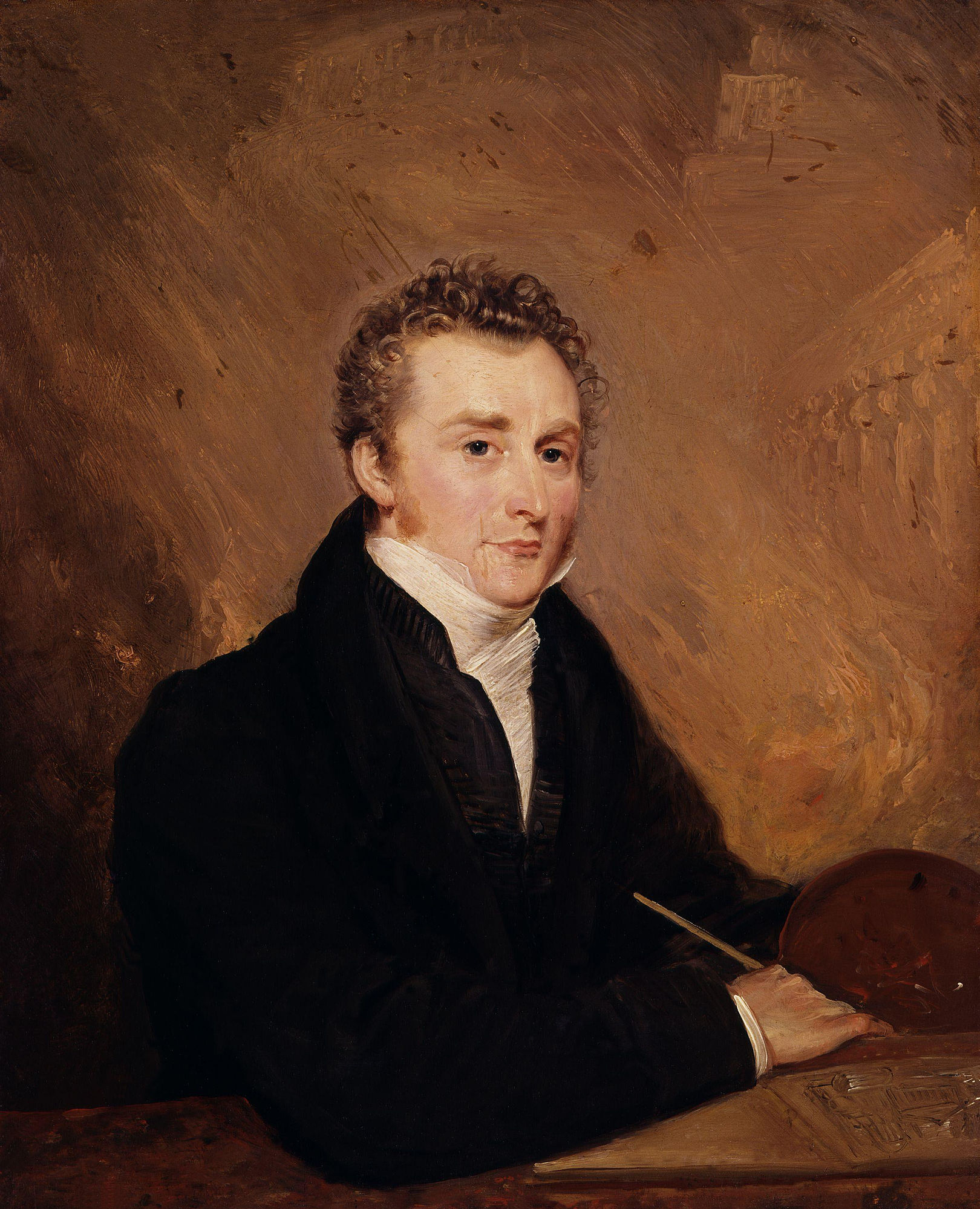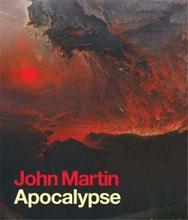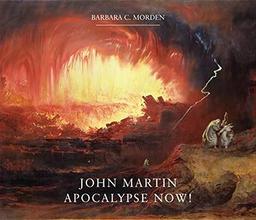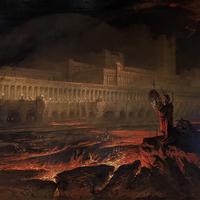More about John Martin
- All
- Info
- Shop
Works by John Martin

Contributor
John Martin grew up in a one-room cottage in Haydon Bridge, Northumberland, England, a rural, humble, coal-mining town.
He started out by painting plates, only one of which still exists, learning to paint from the Italian artist Boniface Moss or Musso, who was originally from the Piemonte region. From charming scenes on china, Martin progressed to painting classical landscapes and then grand history paintings, often depicting an apocalytpic theme (i.e. lots of fire, and don't forget the brimstone) and bursting with the Romantic notion of the Sublime. Alongside this, out of necessity, Martin set about developing his considerable self-promotion skills. In the spirit of Bob Odenkirk's character Jimmy McGill, he almost-accurately declared that his mash-up of archaeology and Bible study, Belshazzar's Feast, "shall make more noise than any picture ever did before…only don’t tell anyone I said so."
Martin supported his family as much as possible, even in dire financial circumstances, and even when one family member set fire to a cathedral. When he was forty, his older brother Jonathan, an ex-preacher with an unquenchable thirst for conspiracy theories, set fire to York Minster, which led a bystander to comment that the disaster resembled a John Martin painting. The artist paid the costs for his brother's legal defense.
He had six surviving children with his wife, Susan. One of them, Leopold, writes that on days when the weather prevented his father from leaving the house, he would use his perspective-drawing rulers to play marbles with his young'ns, continuing for hours "with all the glee of youngsters."
Thanks in part to a feud between the drummer of the metal band Metallica and a controversial, long-defunct file-sharing app called Napster, we often discuss copyright as an essential form of protection for artists. The emergence of copyright as a means of ensuring that artists receive their just desserts, however, was not a given in Martin's time: pirates made reproductions of Martin's work and flooded the market with them, and, although one pirate lost a court case, "other printers, unintimidated, went on gaily selling his pictures for their own entire benefit." A former employer, William Collins, threatened legal action when Martin made prints of a painting which Collins had purchased, claiming that the reproduction rights were part of the deal, too. Martin himself blamed the "imperfect laws of copyright" for "[his] property being so constantly and variously infringed," but nevertheless, he still made more money from reproductions of his work than from his actual paintings.
An acquaintance of the artist and architect Thomas Cole, Martin decided to take a shot at architecture himself. In his later career, he planned, but did not succeed in implementing, improvements to the water and sewage system of London. But it was painting where he excelled, even if he never was elected to the Royal Academy. Sir Thomas Lawrence, President of the Royal Academy, called Martin "the most popular painter of the day." At first glance, this would seem to be a good thing, but to Martin, popularity could sometimes be a liability, suggesting a "fashionable" art that would have only fifteen minutes of fame, appealing to all classes of people but escaping the praise of some critics.
Sources
- Gayford, Martin. "John Martin: the Laing Gallery, Newcastle." The Telegraph, Mar. 15, 2011, https://www.telegraph.co.uk/culture/art/art-features/8376637/John-Marti….
- Halcro, Pat. "Aurelia Musso – The Exchange, Newcastle." Newcastle University, Jan. 9, 2019, https://blogs.ncl.ac.uk/speccoll/2019/01/09/aurelia-musso/.
- Kornhauser, Elizabeth Mankin, and Tim Barringer. Thomas Cole's Journey: Atlantic Crossings. New York: Metropolitan Museum of Art, 2018.
- McManners, Robert, and Gillian Wales. Shafts of Light: Mining Art in the Great Northern Coalfield. London: Gemini, 2002.
- Myrone, Martin. John Martin: Sketches of My Life. London: Tate, 2013.
- Pendered, Mary Lucy. John Martin: Painter, His Life and Times. New York: E. P. Dutton, 1924.
- Ruskin, John. Complete Works of John Ruskin, Volume 33. London: George Allen, 1908.
Featured Content
Here is what Wikipedia says about John Martin (painter)
John Martin (19 July 1789 – 17 February 1854) was an English Romanticist painter, engraver, and illustrator. He was known for his typically vast and dramatic paintings of religious subjects and fantastic compositions, populated with minute figures placed in imposing landscapes. Martin's paintings, and the prints made from them, enjoyed great success with the general public, with Thomas Lawrence referring to him as "the most popular painter of his day". He was also criticized by John Ruskin and other critics.
Check out the full Wikipedia article about John Martin (painter)













